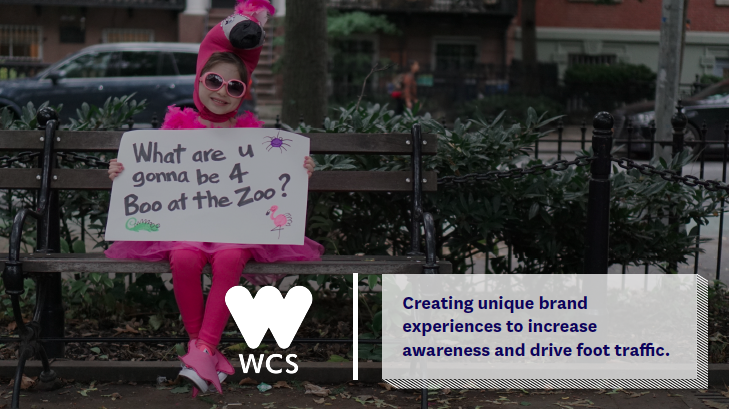The Rhinoceros and the Unicorn

Did you ever wonder where unicorns come from?
No one has ever seen one, because they only exist as an idea or a myth. So, where did the myth come from?
Imagine a time before photography, videography, TV, film, Instagram, all of it… a time when information was passed mouth to ear and walked on foot.
In 400 B.C.E., the historian Ctesias wrote about the one-horned creature for the first time in Greek literature. He was probably referring to the Indian rhinoceros, but readers imagined unicorns.
People hear about a rhinoceros and they imagine a unicorn.
That’s the short of it.
Author and essayist, Adam Gopnik, uses the story of the rhinoceros and the unicorn to explain the difference between modern liberalism (a rhinoceros) and other political philosophies (libertarianism, communism, anarcho-syndicalism, etc.) which he likens to unicorns.
Unicorns are ideal. They have a sort of mythic perfection. We love to think about unicorns. We like to believe in unicorns.
On the other hand, a rhinoceros is an awkward thing. It’s basically a pig with a horn on its head. It’s funny to look at and is politely ignored by proponents of Intelligent Design.
The rhinoceros is a compromise. The rhinoceros is also a perfectly successful animal.
We like our ideals ideal. We like our goals and objectives that way too. We want to build our businesses to some ideal template, some golden form of a business.
Often one hears talk of the leader of successful challenger in a category spoken of in unicorn-like terms.
“Why aren’t we more like Netflix? Google? Apple? Wieden? Droga? RGA? BFG? CPB? DDB? etc.…?”
Tech disrupters with billion dollar-plus valuations are even known as “unicorns.”
They are not. They are rhinoceroses.
Everything successful is an evolved compromise. So, instead of trying to force people into inhuman ideals, why don’t we try to build our organizations from splendid compromises. Why don’t we use the parts well, respecting each one as a successful animal?
Yes, the result may be funny to look at, a bit awkward and ungainly, but it will also be real and more likely successful. And it will be human too.
Why don’t we try to build rhinoceroses rather than unicorns?
Behavior Change Marketing is a rhinoceros, not a unicorn. It isn’t an impossible idea, nor does it claim to be a pure and new thing in the world. It isn’t merely academic and philosophical.
Behavior Change Marketing integrates perspectives and learning from a range of disciplines.
It recognizes that Behavioral Economics is nice old Behavioral Science with some great PR.
We accept the gifts of Behavioral Economics, but we equally welcome that longer heritage of concepts and learnings from Behavioral Science more broadly.
Our long experience in the trenches of direct and digital marketing have taught us that the single best funded program of behavioral economics experiments and their results are mostly lost to us. Lost because their very existence constituted the protected trade secrets of the companies that ran them.
These hundreds of thousands of A/B split tests, multi-cell tests and other experiments form priceless expertise carried around in the heads of venerable brand response wizards, are sometimes set down in writing but always through the distorting lens of hagiographic self-promotion, agency promotion or awards entries.
The knowledge is legend, and much of it is lost to science. That said, we will take all of it we can get, and we will work to see our clients and the broader world get as much benefit from this Fort Knox of intellectual property as we can.
Equally we recognize that the first design thinkers were not denizens of Silicon Valley in the early 2000s, that design thinking was not an invention but at best a rediscovery. If you want to read an excellent compendium of astonishing design thinking, read the Federalist Papers, Hamilton, Jay and Madison’s case study and pitch presentation of their brilliant and flawed rhinocerian creation, the U.S. Constitution.
No, design thinking has been with us a long, long, time. In fact, it took science to get us off the trail of design thinking. Science limited its scope. For example, economics focused on rational homo economicus rather than irrational human beings, and behaviorism focused on observable behavior and demeaned cognition. In dealing with shadows of human beings rather than the whole, scientific thinking led to flat, rational, poor design and communication.
Design thinking was a rediscovery, an attempt to make whole again, to bring in empathy, humanity, uncertainty and chaotic reality. Behavior Change Marketing integrates design thinking as well.
The field of Positive Psychology has seen enormous growth in influence over the past two decades. Today, nations consider Gross National Happiness along with Gross National Product and Subjective Wellbeing is measured by the U.N. to balance their scorecard in evaluating the progress of nations.
And Evolutionary Psychology has helped us to understand the important of signaling, including self-signaling, which challenges the logical, simple, rational and largely incorrect view of human motivation.
The Modern Era loves Unicorns. We love the mythic simplicity. We want to believe that class struggle along drives history and that the future is knowable. A mechanical view of the Universe and envy of natural sciences supported a culture of simple certainty. But, today we understand that even our physics doesn’t operate that way. That, at the best, there is probability. That even if you know everything about the present, you cannot predict the future with any certainty. Randomness is a feature of every system.
So, we are building a Rhinoceros, and we couldn’t be more proud. If you’re building a Rhinoceros too, maybe we could help.



